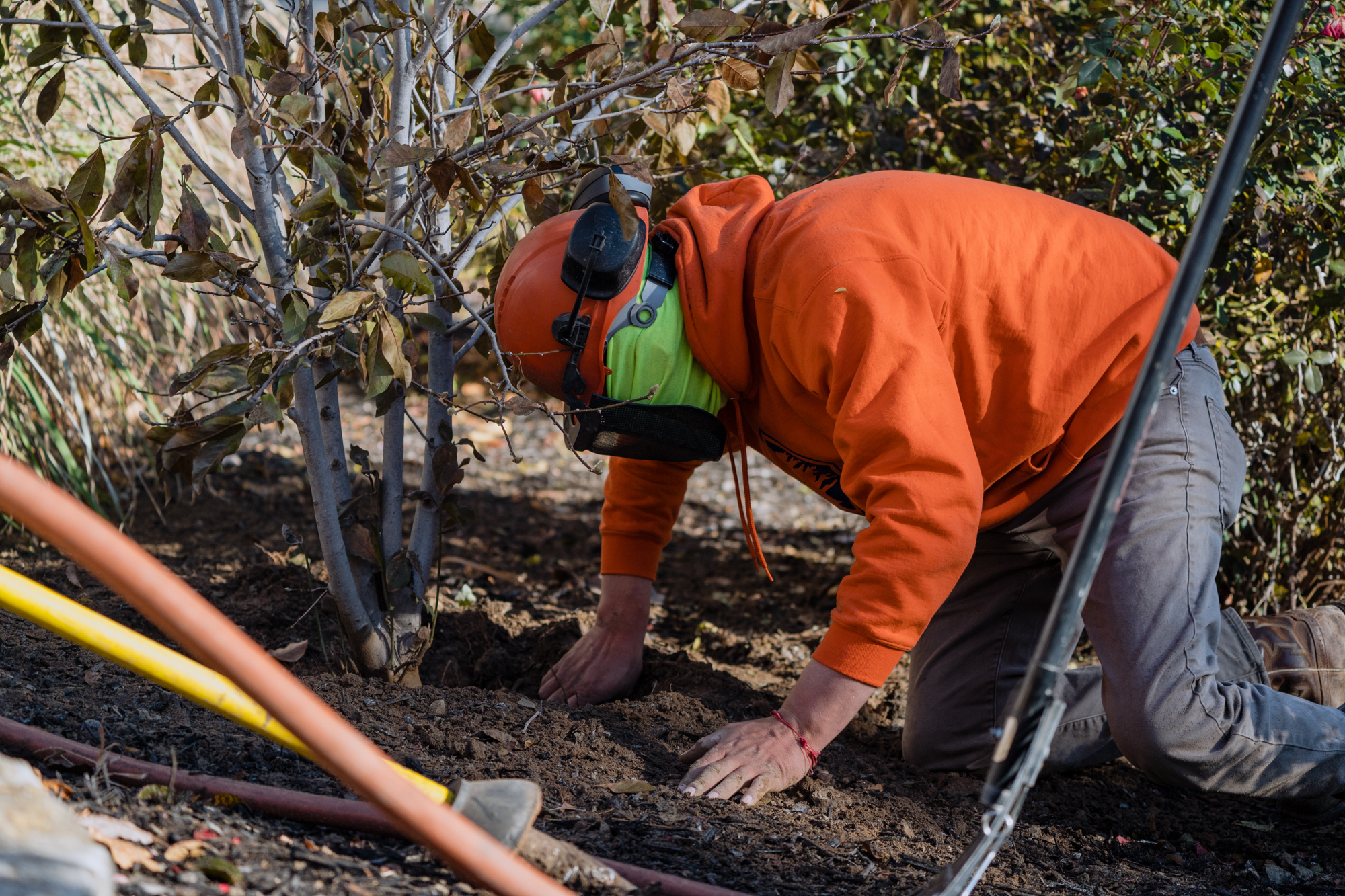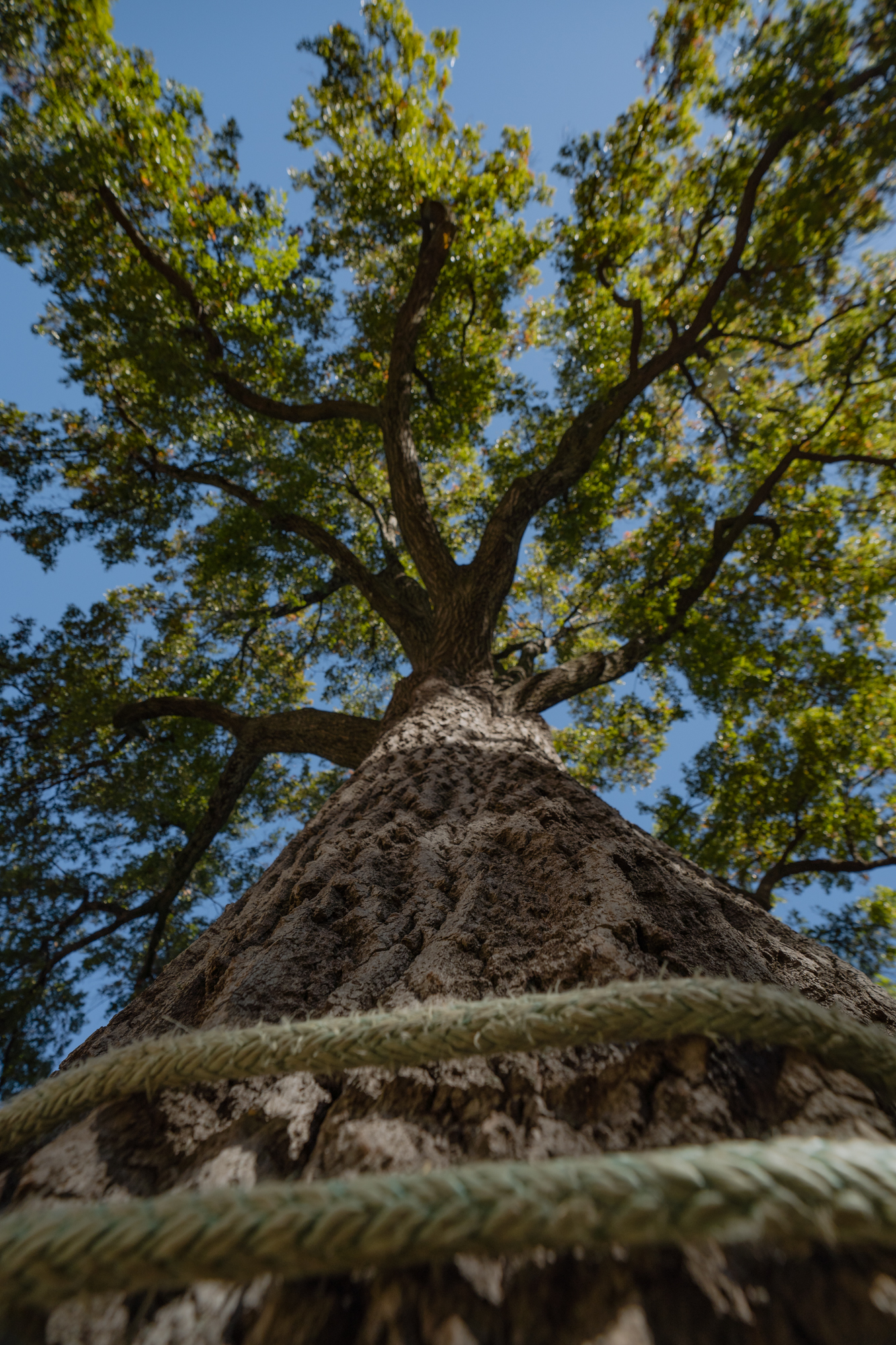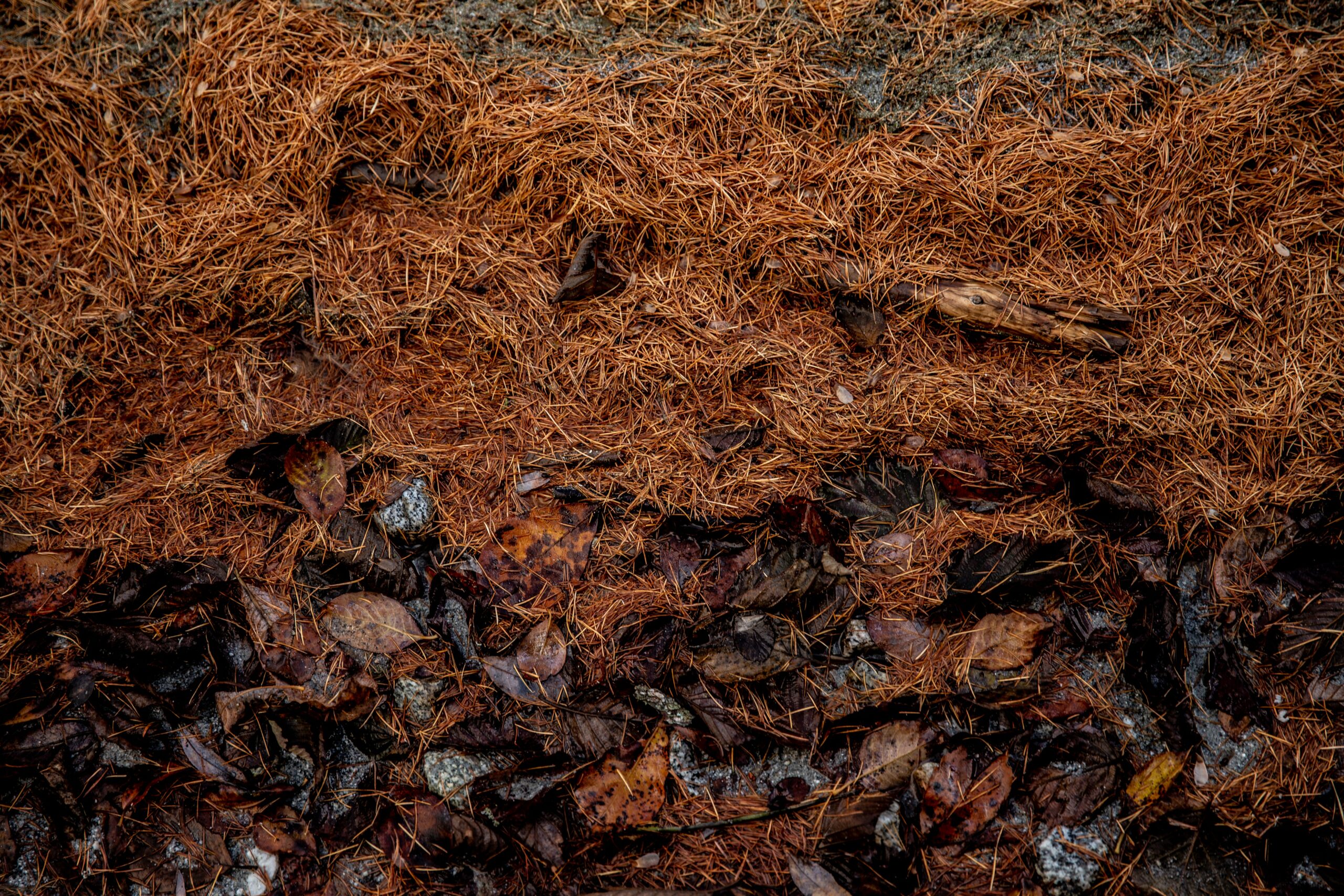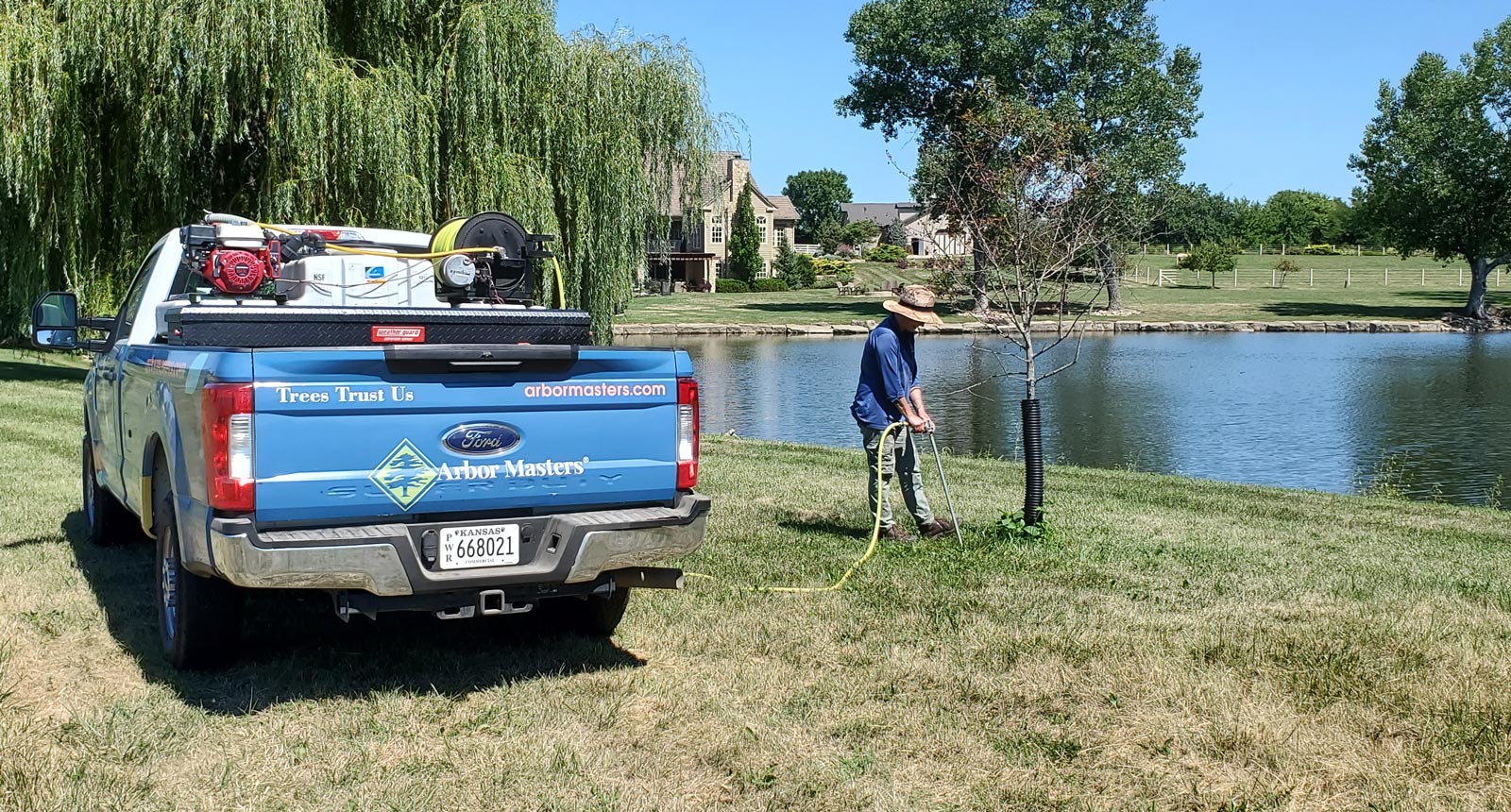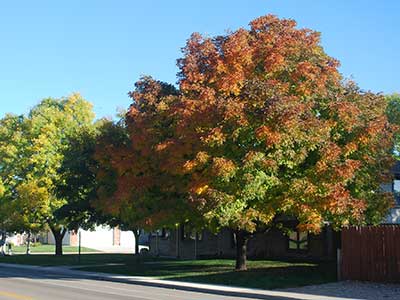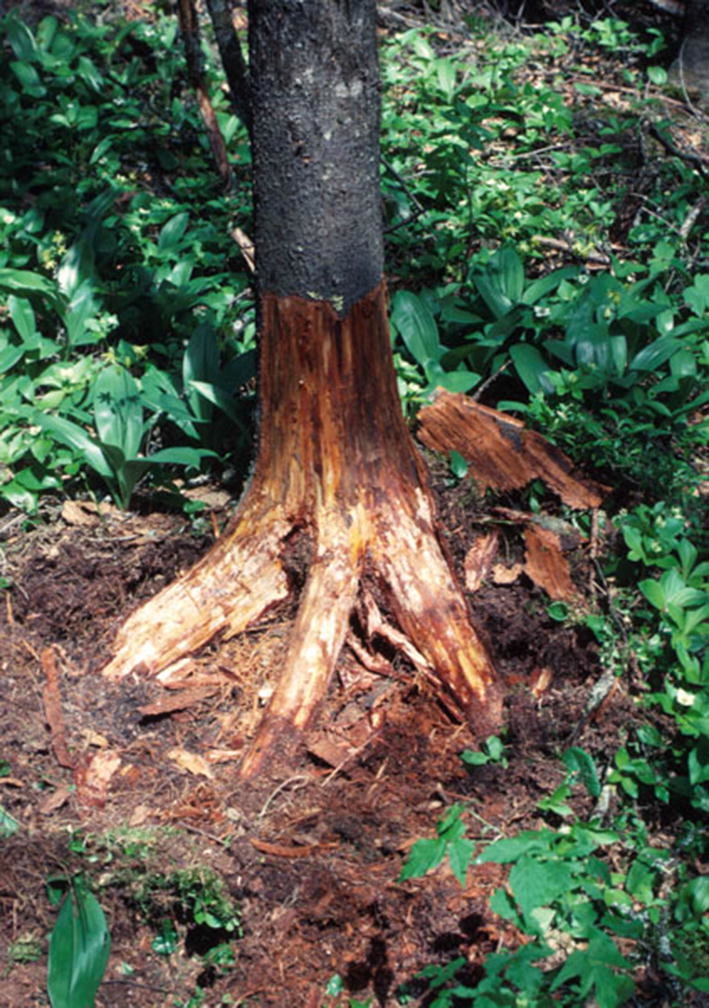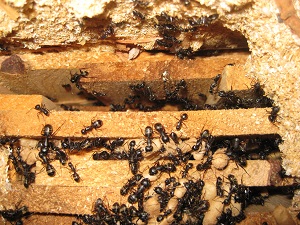Spring has officially sprung. With the color back in our trees, it’s easy to be excited for the year ahead. As your flowering trees blossom with new life, autumn might seem like it’s miles away.
But did you know that the lifecycle of your spring foliage lasts the entire year? In order to ensure your fall foliage hits its peak, it’s important to properly care for your trees early in the year. Here’s why.
Why do leaves change color?
As surprising as it may sound, fall color in your trees really does start in the spring. There are many different reasons why certain trees turn different colors, and most are dependent on the overall health of your trees. Without the proper tree health care practices in place, it’s possible that your trees might eventually lose their fall colors completely.
One secret about fall foliage might surprise you: The “color” you see in the fall already exists in your trees’ current foliage. In the spring, chlorophyll dominates the leaf tissue and makes leaves a deep, vibrant green (and if they’re not, you should ask an arborist to check it out). It’s only after chlorophyll begins to break down in the fall that we see more varied colors appear.
You don’t have to wait another year before creating a beautiful color senescence; you can start preparing now.
How you can help preserve fall color
What can you do now to help create more beautiful fall colors? Regular fertilizations, iron injections and vertical mulching are all methods that arborists use to potentially prolong and enhance fall foliage color.
Healthy leaf tissue in the spring and summer months is vital for fall color to appear later in the year. If leaves don’t have healthy tissue, their color won’t shine through as the seasons change. Iron injections and fertilizations create stronger leaf tissue by infusing the surrounding soil with vital nutrients. By aerating the soil and alleviating compaction in critical root zones, vertical mulching also creates more porous soil content, allowing your trees to function like they’re supposed to — rather than suffocating under compacted or clay soils.
Learn more about why your trees need a fertilization treatment to stay in top shape.
Ready for beautiful trees year-round?
There’s no need to overlook the beautiful spring season even as you plan ahead. Book your summer getaway and pool parties. Enjoy the shade and listen to the sound of the leaves as they blow in the wind. As you revel in the warmer months, you can still prepare to make your fall as visually beautiful as the spring and summer. To ensure that your trees’ fall color returns in full force, invest in your trees’ health now with the proper techniques.
Contact your arborists at Arbor Masters today and ask about caring for your trees year-round.


